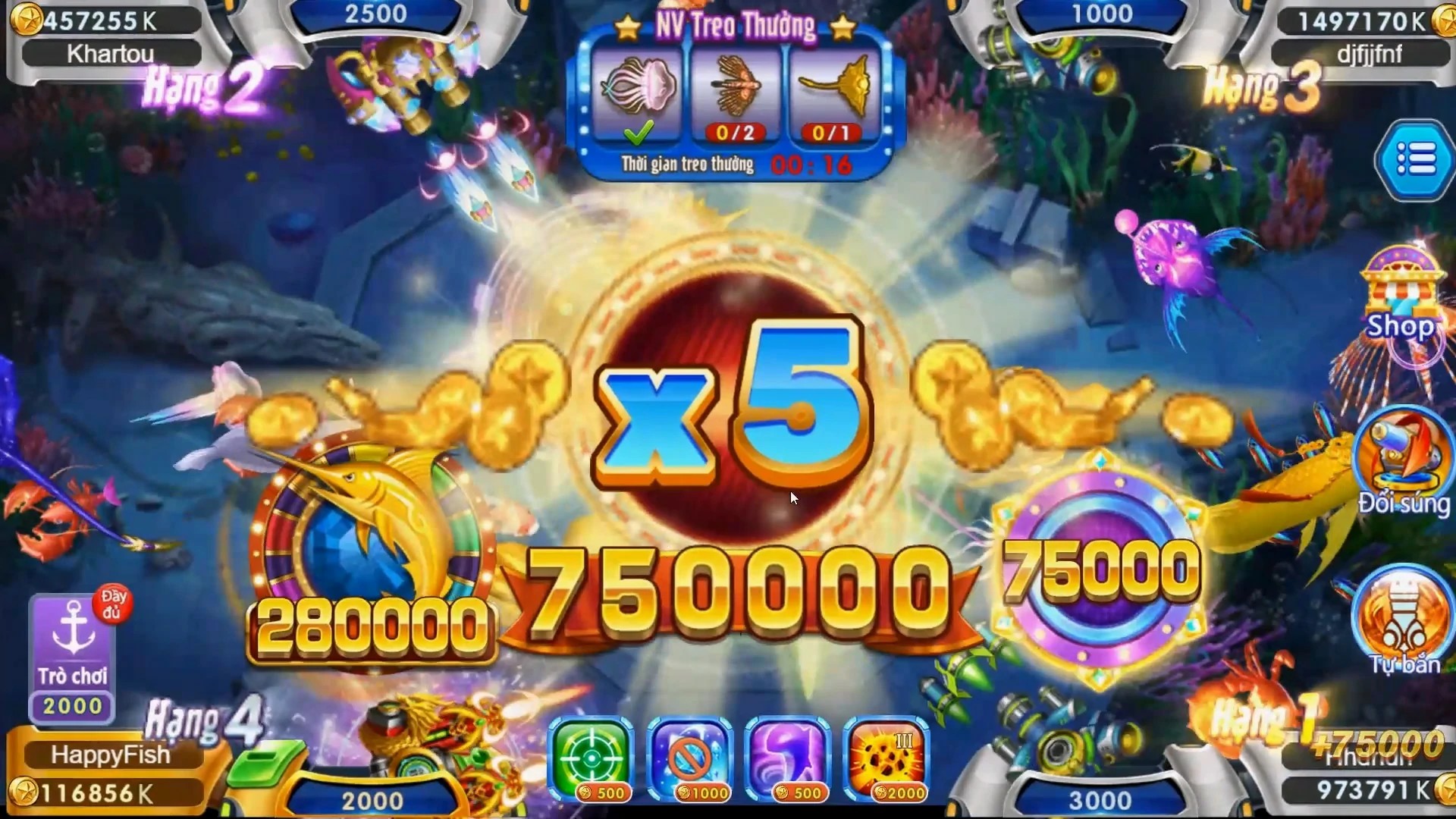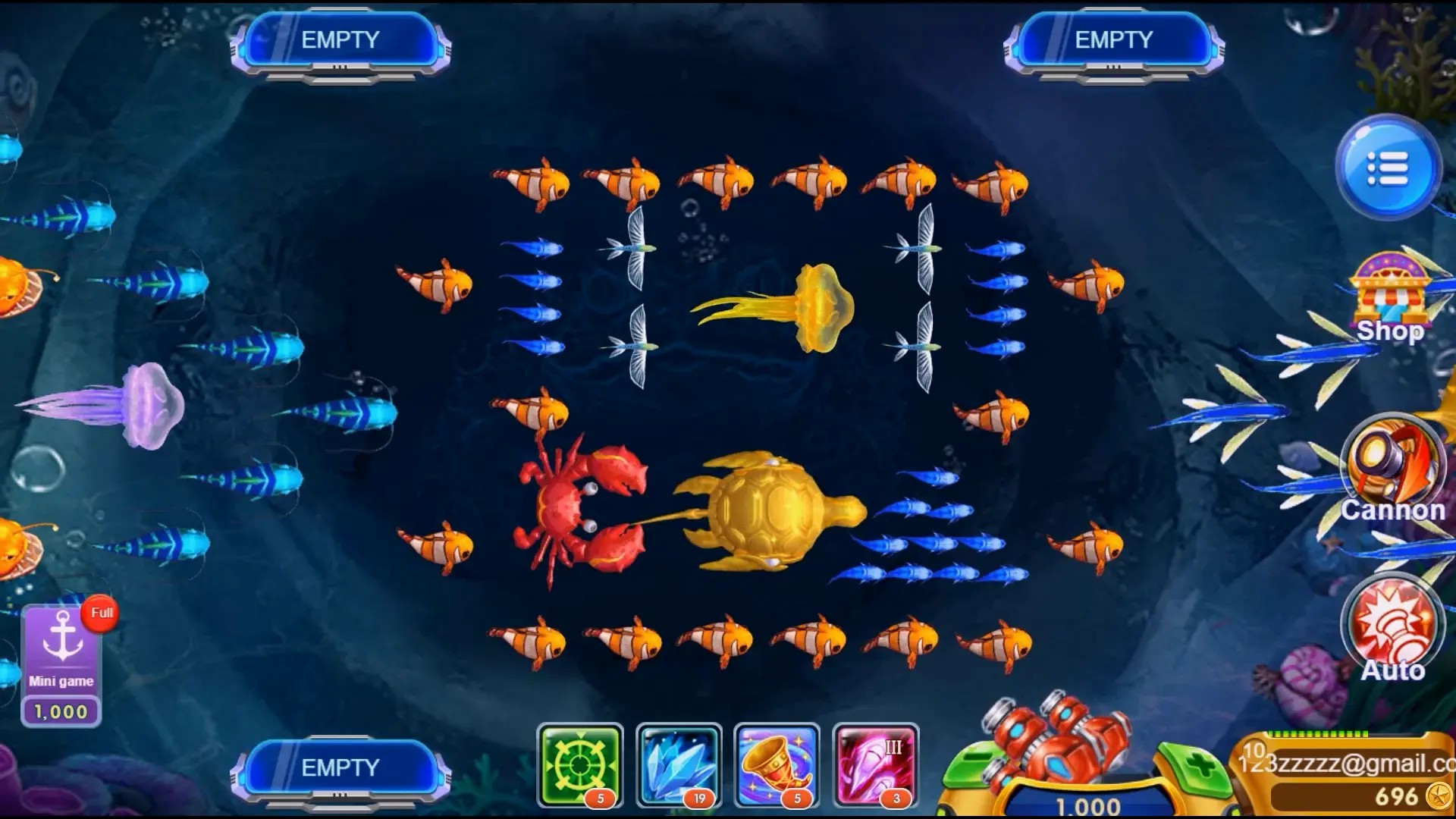Unlocking Creativity: How Building Games Transform Learning into Fun Educational Experiences
In recent years, the integration of play into education has gained significant traction. Building games, in particular, have emerged as powerful tools for learning. These games not only engage students but also foster critical thinking, creativity, and teamwork. This article delves into how educational games, specifically building games, can revolutionize the learning experience.
What Are Building Games?
Building games are a genre of video games that allow players to construct and shape their environments. They encourage creativity and resource management. Whether through constructing entire cities or designing complex structures, players engage with various elements that promote problem-solving skills. Notable examples of building games include:
- Minecraft: A sandbox game that lets players explore an infinite world and build structures using blocks.
- Roblox: A platform that provides tools for users to create their own games and experiences.
- Fortnite Creative: Offers players the ability to build custom maps and game modes.
The Educational Benefits of Building Games
Building games are not just for entertainment—they provide several educational benefits that enhance learning in various subjects. Here's a closer look at some of these advantages:
| Benefit | Description |
|---|---|
| Enhanced Creativity | Players express their imagination through various construction projects. |
| Critical Thinking | Players strategize and problem-solve while building complex structures. |
| Collaboration Skills | Many building games encourage teamwork, fostering collaboration and communication. |
| STEM Learning | Players can learn engineering and architecture concepts hands-on. |
Clash of Clans: A Case Study
One study of interest is the Clash of Clans game, which utilizes a building mechanic within a competitive environment. Players build bases, manage resources, and develop attack strategies. The game requires players to think ahead, allocate resources wisely, and engage with others—all of which are essential skills in education. For example, consider the Clash of Clans war attack strategy. Players must plan and execute their attacks, underscoring the importance of analysis and strategic thinking.
Incorporating Building Games in the Classroom
Educators can take advantage of building games by integrating them into the curriculum. Here are some strategies to implement these tools:
- Project-Based Learning: Use building games as part of projects that require students to design and create.
- Collaborative Assignments: Assign students to work in teams to complete tasks, fostering collaboration.
- Real-World Problems: Encourage students to tackle real-world issues through game mechanics—such as city planning or resource management.
The Role of Technology in Education
Technology has played a vital role in shaping modern education, and building games are at the forefront of this evolution. These games help bridge the gap between traditional learning methods and contemporary technological advancements. With tools like delta force john mcphee, educators can create immersive environments where students learn while engaging in play.
Challenges and Considerations
While building games offer numerous advantages, there are challenges to consider. Not all students may respond positively to these types of games. It's crucial to seek a balance. Factors to keep in mind include:
- Avoiding excessive screen time, which can lead to health issues.
- Ensuring all students have access to technology to participate fully.
- Maintaining classroom management while students engage with games.
Conclusion
In summary, building games hold the potential to transform traditional educational practices into more engaging, creative, and collaborative experiences. These tools not only prepare students academically but also equip them with vital life skills such as critical thinking and teamwork. As educators continue to explore gaming in the learning environment, the benefits will likely expand, unlocking a new realm of possibilities for fostering an innovative and interactive learning atmosphere.



